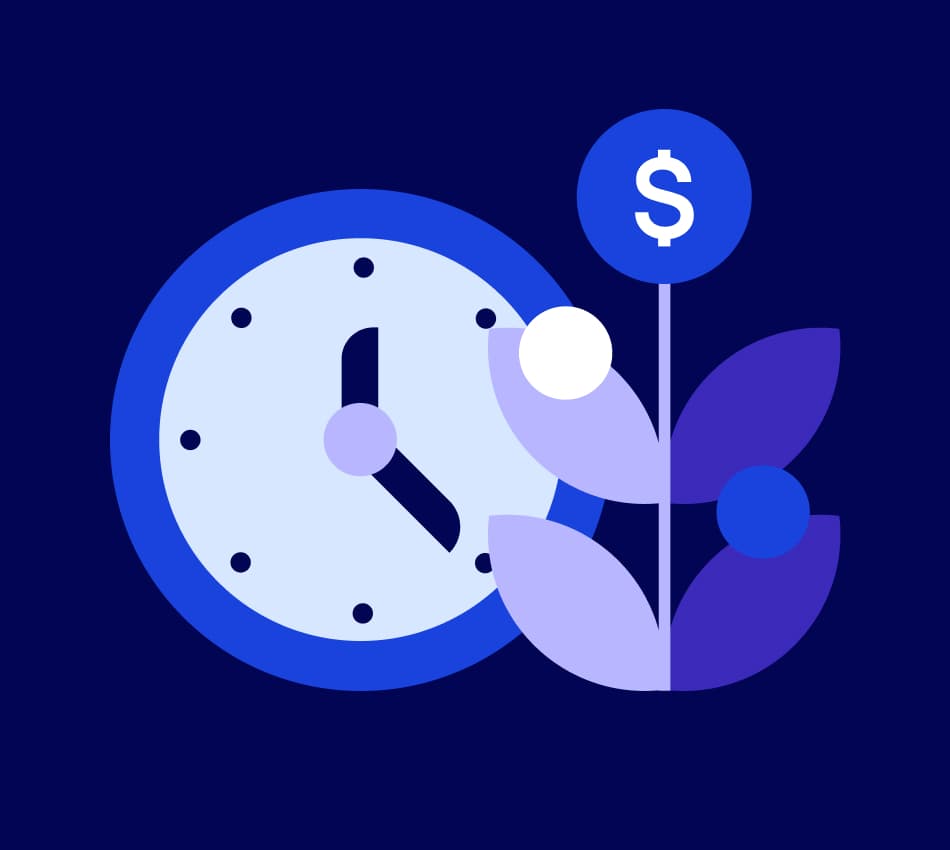Every customer is valuable, and their customer lifetime value (CLV) shouldn’t change the way you treat them when they walk through your door or visit your website. The benefit of calculating CLV is that you’ll know how willing your customers are to do business with you again and how much money they can make you over time, making it a useful metric for developing your retention strategy.
What is customer lifetime value?
Customer lifetime value is the total amount of money a customer spends on your products and services during their relationship with your company. Monitoring CLV can indicate whether you’re connecting with customers—for example, if they spend $200 and never come back, their CLV is $200. If they spend $200 monthly for five years, that number soars to $12,000.
Why is customer lifetime value important to your business growth?
Repeat business is essential—your regular customers become advocates, driving growth.
Calculating customer lifetime value won’t tell you why former customers didn’t return, but it can help you recognize potential problems so you can address them right away.
Higher CLVs are a revenue stream that you can depend on. Analyzing the behavior of your repeat customers should guide the creation of your marketing and retention strategies.
10 ways to increase customer lifetime value
1. Calculate customer lifetime value
Use a point-of-sale (POS) system that captures customer information and use that to track customer lifetime value over time. Use these calculations to determine your baseline for the following steps.
Get tips for how to choose the right POS system for your business.
2. Calculate customer acquisition cost
Your customer acquisition cost (CAC) is how much you paid to acquire a customer, whether that’s via an online ad or a storefront sign. Your customer’s true CLV is the total amount they spend with you minus their CAC, so be sure to keep CAC low to maximize your profit margins.
3. Create a loyalty program
Provide incentives like coupons, discounts, or point systems that encourage customers to come back. Asking them to sign up for a loyalty program also gives you a way to gather data, like their email address.
4. Cross-sell and upsell
Both in-person and online, promote extra products or services to customers based on what they’re buying. This is what Amazon’s “frequently bought together” module does—it encourages customers to spend more buying extra products.
5. Segment your audiences
Use data from your POS system and loyalty program to separate customers into segments like profession, age demographic, or geographical location. This will help you target your marketing.
6. Personalize marketing materials
Address your customers by name in emails and other marketing materials. Personalizing your marketing can make customers feel valued, plus it helps get your marketing emails past spam filters.
7. Improve your customer service
Customer satisfaction can be impacted by customer service experiences. Your customers are more likely to continue supporting your business if they walk away from interactions with a positive experience, so create a comprehensive training program and strategy for your support team to follow.
8. Collect customer feedback
Communicate with your customers via marketing and loyalty programs. Collect and analyze feedback for insight into what your company is doing right and what may need to change.
9. Strategically increase your pricing
Raising your prices can increase customer lifetime value, but it can also put you at risk of losing customers. Be cautious and consider customer retention and market factors when adjusting your pricing strategy.
10. Focus on retention
You should look for ways to streamline your onboarding process, reduce checkout friction, solicit loyalty programs, and send new marketing emails, but don’t inundate your customers. Encourage your customers to share feedback, maintaining a balanced communication strategy.
Continuously find ways to improve customer lifetime value
One-time adjustments to your customer strategy may give temporary benefits, but to enjoy long-term growth you’ll need to regularly audit and optimize your customer touchpoints. Assessing the dollar value of your customers may seem like an impersonal way to do this, but customer lifetime value is an important metric because it shows whether your brand is connecting with customers—which is the way to keep them coming back.
High-yield business checking built to help your business grow.
